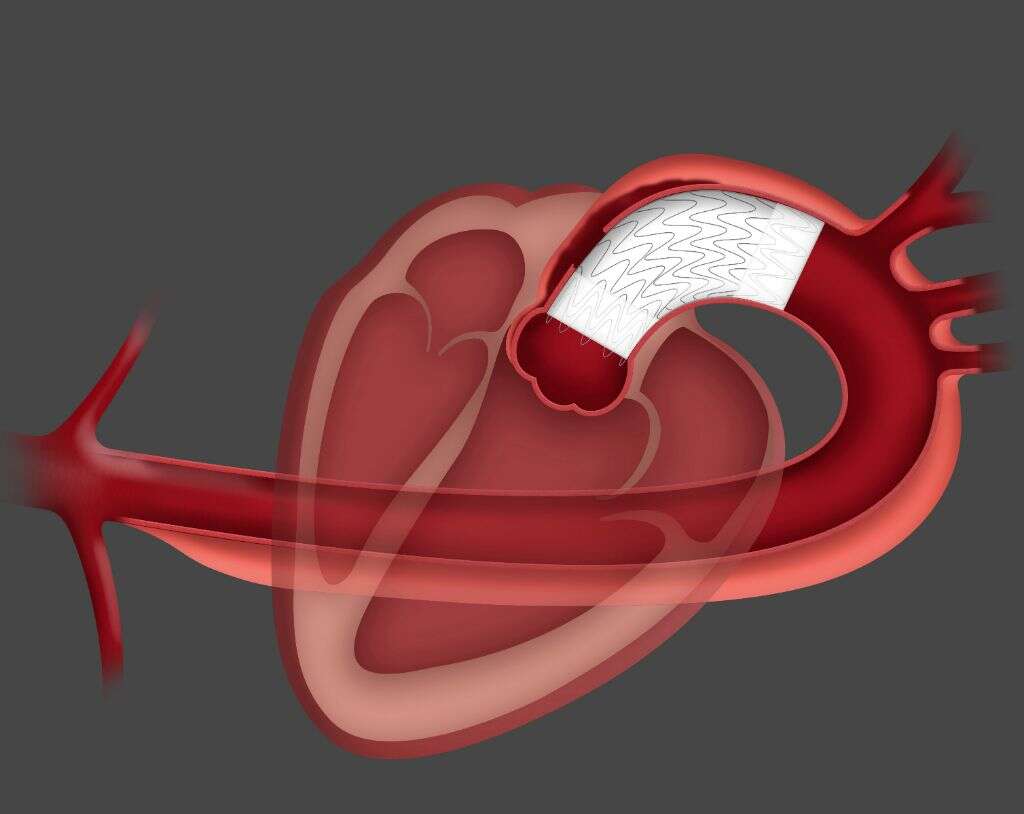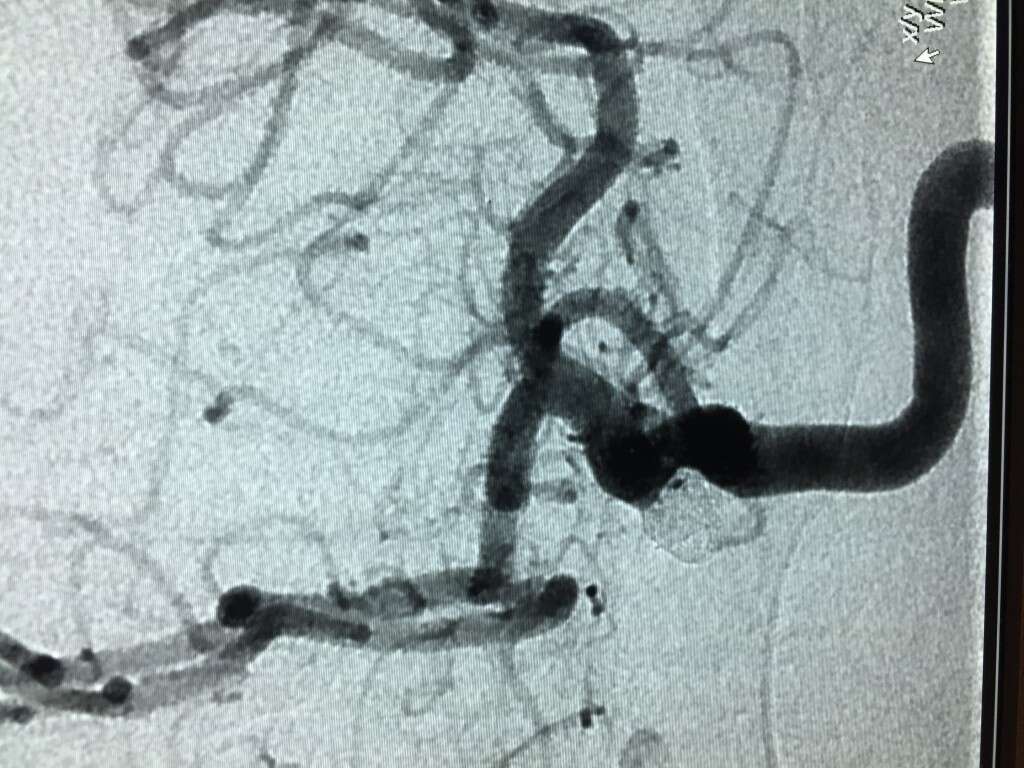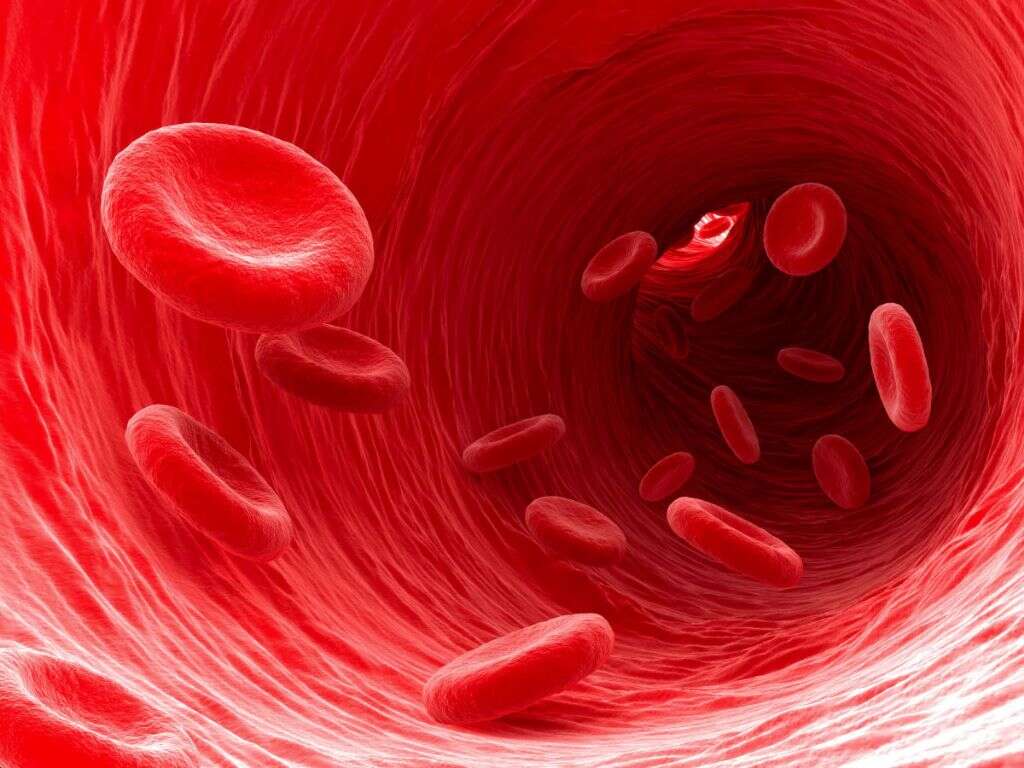What Is an Aneurysm?
Every time our heart pumps, our blood is forced around our cardiovascular system at high blood pressure. This is not usually a problem for us because our blood vessels are able to withstand the pressure. They have evolved to be both strong enough and elastic enough to remain intact for many years.
The walls of our blood vessels are not impervious to problems, though. Some medical conditions and other factors can cause these walls to become weaker, and this can have some potentially serious consequences. One such consequence is an aneurysm, and this is potentially a very dangerous situation indeed.

1. Aneurysm
The walls of our blood vessels need to be strong enough to hold shape despite the pressure of the blood flowing through them. If any part of an artery wall was not strong enough to withstand this pressure then it may bulge outward under the pressure. This will happen sometimes and is a condition known as an aneurysm.
Aneurysms can happen in pretty much any blood vessel, although they tend to be found in certain areas of the body. A large enough aneurysm can affect the blood flow, resulting in blood clots and other complications. Even worse, an aneurysm can burst, and this can be an extremely dangerous situation for the patient.

2. High Blood Pressure
It is necessary for our blood pressure to be above a certain level to ensure the blood is circulated around our entire body. Problems may arise if the pressure of our blood was too high, however. If the pressure of the blood in the blood vessels is too high, then it can result in an aneurysm.
People with a high blood pressure won’t necessarily develop an aneurysm. However, it is still a good idea to keep your blood pressure at a healthy level. A high blood pressure can cause other serious health problems asides from aneurysms, which is even more reason to keep it under control.
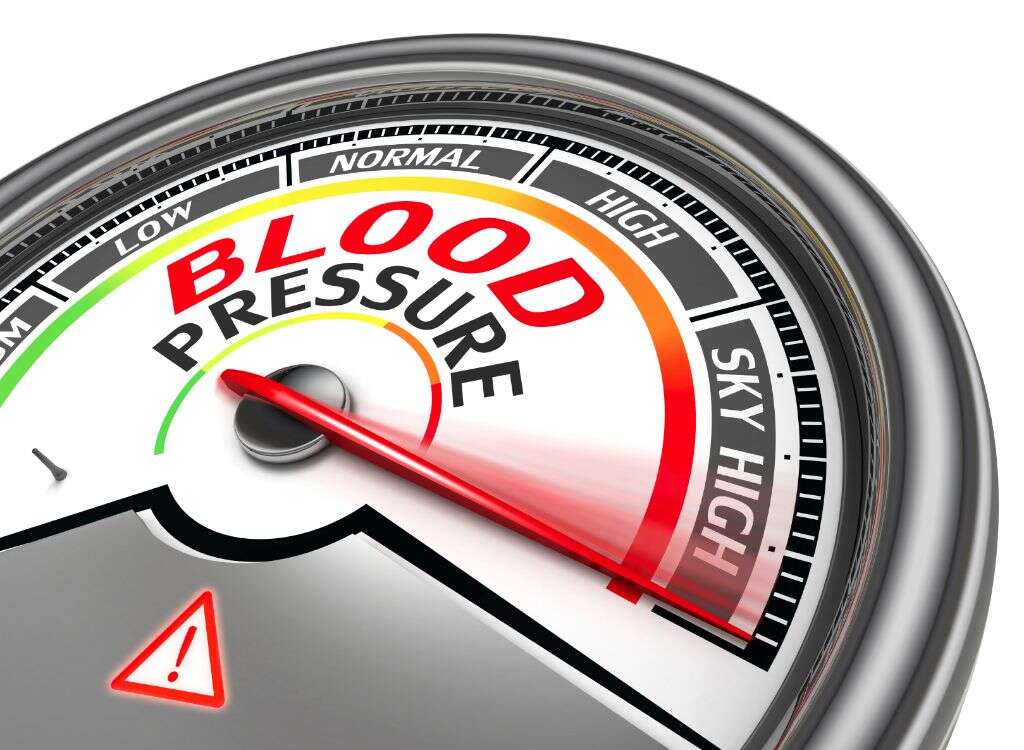
3. Atherosclerotic Disease
Aneurysms can also be caused by atherosclerotic disease. This is a condition where fatty substances and cells accumulate and harden on the walls of the blood vessels. This is known as plaque, and it can cause some potentially serious health problems for the patient at some point in the future.
As the plaque accumulates, it can cause the blood vessels to become narrower than usual, impeding the flow of blood. Plaques can sometimes be torn away from the wall, and this can result in dangerous blood clots. It can also weaken the walls of the blood vessel, potentially resulting in an aneurysm.
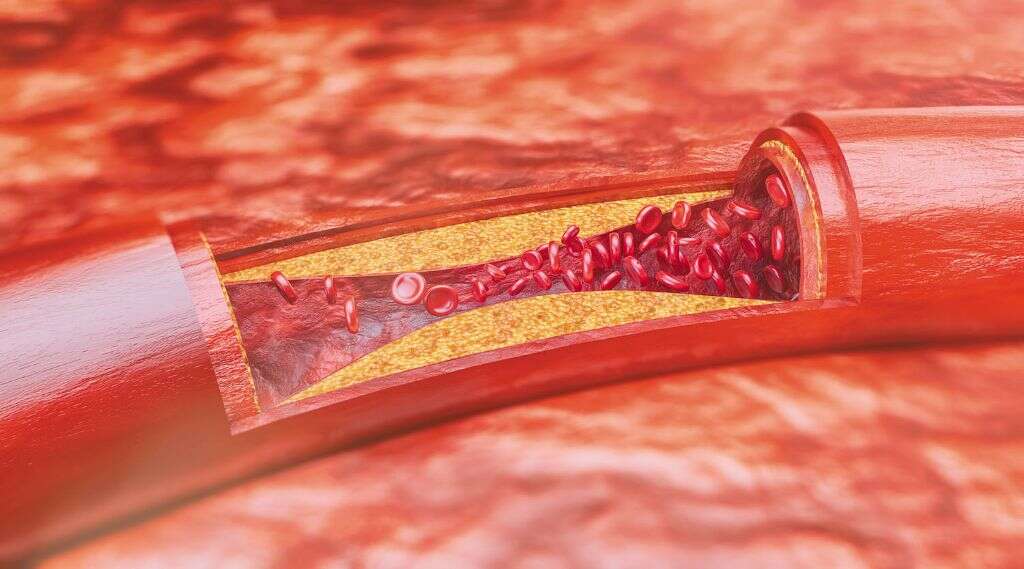
4. Cerebral Aneurysm
There are different types of aneurysm, and some are more dangerous than others. Cerebral aneurysms are among the most dangerous of all. In this instance, the aneurysm is located in the blood vessels within the brain. They won’t always cause symptoms, but if they burst they can be deadly.
A burst blood vessel in the brain can lead to blood leaking out into the brain tissues. As the blood accumulates, the pressure will begin to build in the brain and this can cause damage to the nearby brain cells. This will likely be fatal if left untreated and it should be considered an immediate medical emergency.
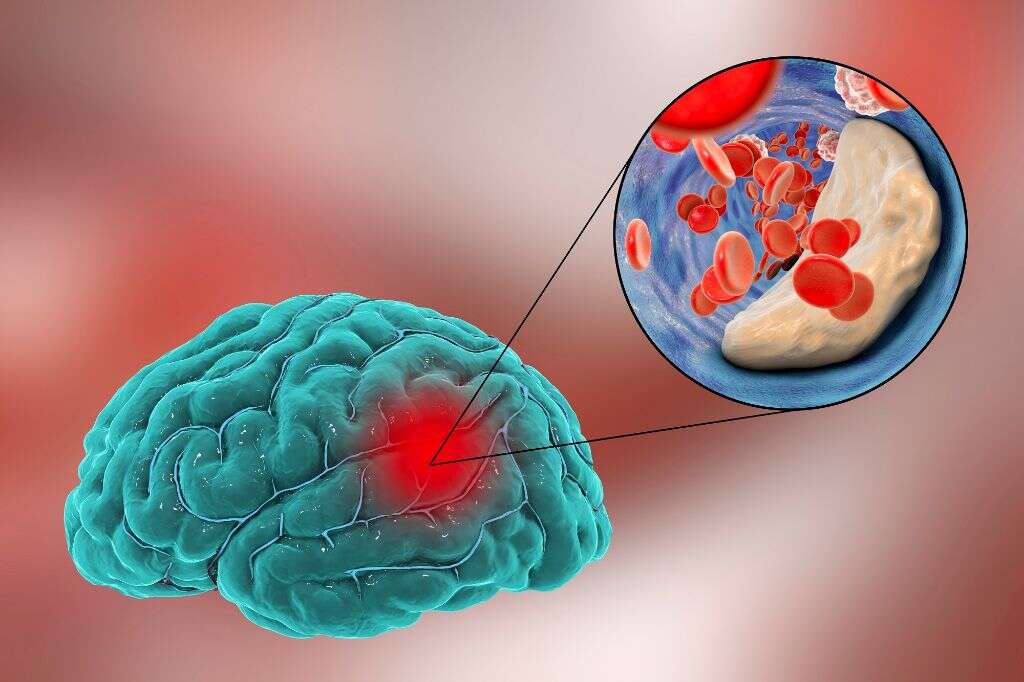
5. Aortic Aneurysm
Aortic aneurysms happen in the aorta, which is the main blood vessel taking blood away from the heart, and is the largest blood vessel in our body. Aortic aneurysms are one of the most common types of aneurysm, and also one of the most dangerous. Any aneurysm that is located in the chest cavity is known as a thoracic aortic aneurysm.
Aortic aneurysms can also burst, which is extremely dangerous. Not only does it cause pressure in the chest due to internal bleeding, but it also means there is insufficient blood being pumped around the rest of the body. If the patient is to have any chance of surviving then they must be taken to a hospital immediately.
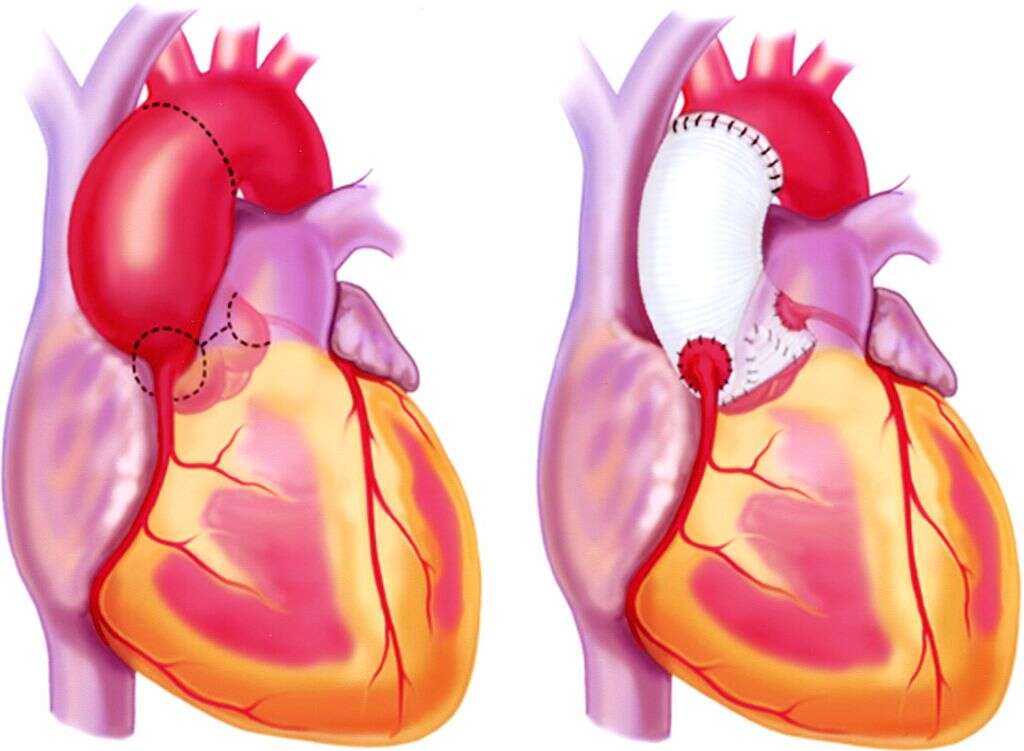
6. Ventricular Aneurysm
The ventricles are names given to two of the heart’s four chambers. A ventricular aneurysm is an aneurysm that happens on the wall of a ventricle. This will sometimes happen as a result of a chest injury, although it is usually a result of a heart attack. It is a potentially very serious condition.
Aneurysms can also happen in other places in the body. Other relatively common places for aneurysms to occur are the spleen, and in the intestines. They are also relatively likely to occur behind the knee. These tend to not be as dangerous as the other types mentioned, but will still be very serious in some cases.

7. Symptoms
Most people will experience no symptoms of an aneurysm. This increases the chance it will go undiagnosed until something serious happens. When symptoms do show, the types of symptom will vary according to where the aneurysm is located. The severity of the symptoms can also vary from case to cases.
Of those that do feel symptoms, many will feel weakness or numbness in part of their body. In brain aneurysms, the patient will sometimes feel pain around their eye, and they can also develop problems with their vision. Headaches are another possible symptom, while the patient can also suffer short term memory problems, and difficulty concentrating.

8. Risk Factors
Brain aneurysms can affect anybody, but some people are more prone to them than others are. For example, people over 60 years old are more prone, and men are more likely to have them than women are. However, pregnancy will make women more likely to develop an aneurysm in their spleen.
People that are obese and/or have high fat diet are more likely to develop problems like atherosclerosis, and this can lead to aneurysms forming. Smoking is another contributing factor to atherosclerosis. You are also more prone to aneurysms if there is a history of heart related conditions in your family.

9. Diagnosis
The first steps of diagnosis will involve your doctor asking you about the history of related conditions in your family. They will also need to know about your own medical history, and they may want to perform a quick physical exam. You will likely need to be referred to a specialist who will be able to confirm the diagnosis.
Diagnosing aneurysms will typically involve using imaging techniques like X-Rays and CT scans to get a look at the cardiovascular system and other organs. These will help experts look for signs of an aneurysm, like bulges in the blood vessels, weak spots, and any blockages.

10. Treatment
Treating aneurysms when they are detected is often necessary lest they rupture. How this is done will depend largely on the nature of the aneurysm and where it is located. In some cases, medication will be provided to help reduce the patient’s blood pressure to help prevent an aneurysm from rupturing.
In other cases, treatment will involve an endovascular stent graft, which helps to repair and strengthen weakened blood vessels. This method is often preferred to others because it is minimally invasive and is less likely to cause complications. If the aneurysm does rupture, the damage will need to be repaired immediately or it could be fatal.
